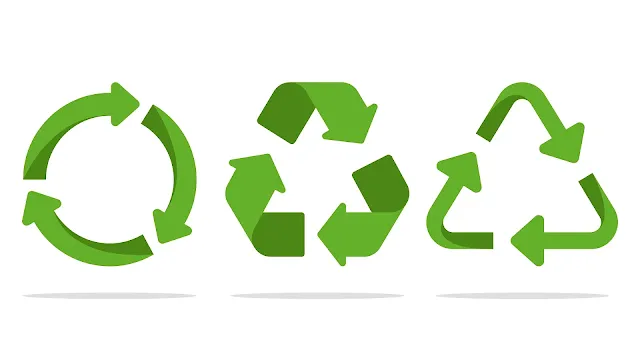How to Save Money on Plastic Scrap Recycling
More and more people are realizing the importance of caring for the environment and adopting sustainable practices in their daily lives. One way to contribute to environmental conservation is through proper recycling of plastic waste. However, many individuals believe that recycling plastic can be a costly process. In this article, we will explore several ways to save money on plastic scrap recycling and incorporate more sustainable practices into our everyday lives.
Simple Tips for Collecting and Recycling Plastic Waste at Home
1. Reuse: Before sending plastic items for recycling, consider the possibility of reusing them. Many plastic containers, bottles, and packaging can be used again for various daily tasks. For example, plastic bottles can be refilled with tap water and used as a portable source of drinking water. Get creative and think of ways to reuse plastic before considering it for disposal.
2. Research Recycling Programs: Stay informed about local plastic recycling companies and programs. Many cities and communities offer free or inexpensive plastic recycling services. Look into drop-off points or exchange programs where you can return plastic waste in exchange for goods or discounts. This will help you save money while ensuring that plastic is recycled properly.
3. Reduce Single-Use Plastics: One of the most effective ways to save money on plastic scrap recycling is by reducing the consumption of single-use plastics. Opt for reusable alternatives such as cloth bags instead of plastic ones, stainless steel water bottles instead of disposable plastic bottles, and reusable food containers instead of single-use plastic wraps. By making these small changes, you not only save money in the long run but also minimize the amount of plastic waste produced.
4. Educate Yourself: Stay informed about the different types of plastics and their recycling capabilities. Not all plastics are created equal, and some can be recycled more easily than others. Understand which types of plastic are accepted by recycling programs in your area to avoid mistakenly sending non-recyclable plastics for recycling, which could incur additional costs.
Best Practices for Collecting and Sending Plastic for Recycling at Businesses
Implementing effective procedures for collecting and industrial plastic recycling is crucial for businesses aiming to promote sustainability. In this article, we will discuss some key best practices for businesses to follow in collecting and sending plastic for recycling.
- Establish clear collection systems with designated bins for plastic waste.
- Train employees on proper sorting and disposal of different types of plastic.
- Partner with reliable recycling service providers specializing in plastic waste.
- Implement efficient collection practices, including regular emptying and maintenance of collection bins.
- Maintain cleanliness and hygiene in collection areas to minimize contamination.
- Track and monitor recycling efforts to measure progress and identify areas for improvement.
Conclusion
Saving money on plastic scrap recycling is not only beneficial for your wallet but also for the environment. By reusing, researching recycling programs, reducing single-use plastics, and educating yourself, you can make a significant impact on reducing plastic waste and contribute to a more sustainable future. Let's all strive to adopt these practices and encourage others to do the same.


Post a Comment